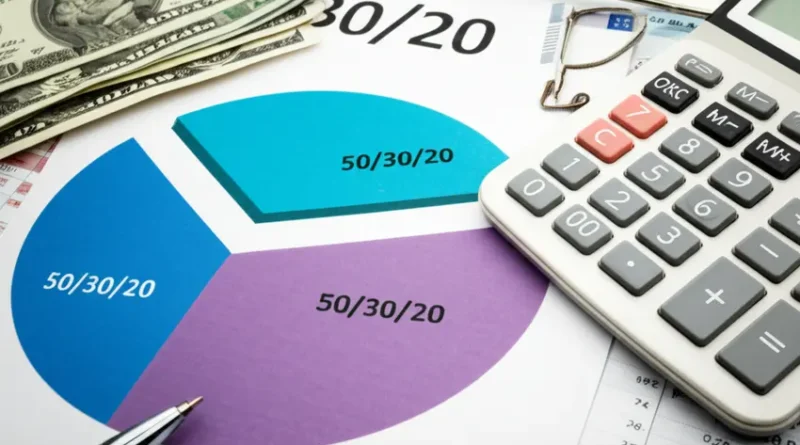The 50/30/20 Rule: A Simple Guide to Budgeting
In today’s fast-paced world, managing your finances can feel overwhelming. With numerous expenses and competing financial priorities, many individuals struggle to find a budgeting strategy that works for them. The 50/30/20 rule emerges as a simple yet effective guide to help you take control of your financial life.
The 50/30/20 rule is a budgeting formula that divides your after-tax income into three core categories: needs, wants, and savings. This guideline offers an easy-to-follow framework that simplifies the budgeting process, making it accessible to anyone looking to gain control over their finances.
Understanding the 50/30/20 Rule
At its core, the 50/30/20 rule suggests that you allocate:
- 50% on Needs: This portion of your budget is dedicated to essential expenses such as housing, utilities, groceries, healthcare, and any other costs that you must meet to maintain a basic standard of living.
- 30% on Wants: The wants category covers non-essential expenses like dining out, entertainment, hobbies, and other discretionary spending. This is where you can inject some fun into your financial plan.
- 20% on Savings: Saving for future goals is critical, and this portion of your budget ensures you are setting aside money for emergencies, retirement, investments, or specific savings goals.
By compartmentalizing your spending into these three categories, it becomes much easier to track and manage your finances efficiently.
Step-by-Step Implementation of the 50/30/20 Rule
Implementing the 50/30/20 rule is straightforward, but it requires discipline and a clear understanding of your financial situation. Here’s how to get started:
- Calculate Your After-Tax Income: To begin, determine your total monthly income after taxes. This figure will serve as the foundation for your budgeting.
- Classify Your Expenses: Next, evaluate your current expenses and categorize them into needs, wants, and savings. This may require detailed tracking of your spending for a month or two to get an accurate assessment.
- Set Budget Limits: Once you have categorized your expenses, apply the 50/30/20 percentages to your after-tax income. For example, if your monthly income is $3,000: 50% for needs = $1,500; 30% for wants = $900; 20% for savings = $600. This gives you budget limits for each category.
- Adjust as Necessary: As you start following this budget, you may need to adjust the percentages based on your lifestyle or goals. If you find that your needs category is consistently exceeding 50%, it’s essential to reassess your spending habits or income.
- Review Regularly: Make it a habit to review and track your spending monthly to ensure you remain on target. Adjustments may be necessary as your income, expenses, or goals change.
Benefits of Using the 50/30/20 Rule
Utilizing the 50/30/20 rule brings about several advantages:
- Clarity and Simplicity: The rule’s simplicity makes it easy to understand and implement, perfect for individuals new to budgeting.
- Balanced Approach: The division between needs and wants allows for a balanced approach to spending, helping you avoid lifestyle inflation.
- Encourages Savings: Prioritizing savings in your budget fosters a habit of financial responsibility, ensuring you are prepared for both expected and unexpected expenses.
- Flexibility: The rule can adapt to various income levels and personal circumstances, making it versatile enough for anyone.
Challenges and Considerations
While the 50/30/20 rule is beneficial, it is essential to consider that it may not be suitable for everyone:
- Variable Costs: If you have a fluctuating income or irregular expenses, you might find it challenging to stick strictly to these percentages.
- High Debt Levels: For those with significant debt, it may be more prudent to allocate a larger portion of income towards debt repayment rather than adhering strictly to the rule.
As with any financial plan, the key is to remain flexible, make adjustments as necessary, and keep your goals in sight.
Conclusion
The 50/30/20 rule offers a practical, easy-to-follow framework for budgeting that can help you gain control over your financial life. By categorizing your spending into needs, wants, and savings, you can work toward financial stability and freedom. Remember, the most effective financial strategy is one that aligns with your personal goals and adapts to your evolving circumstances.




